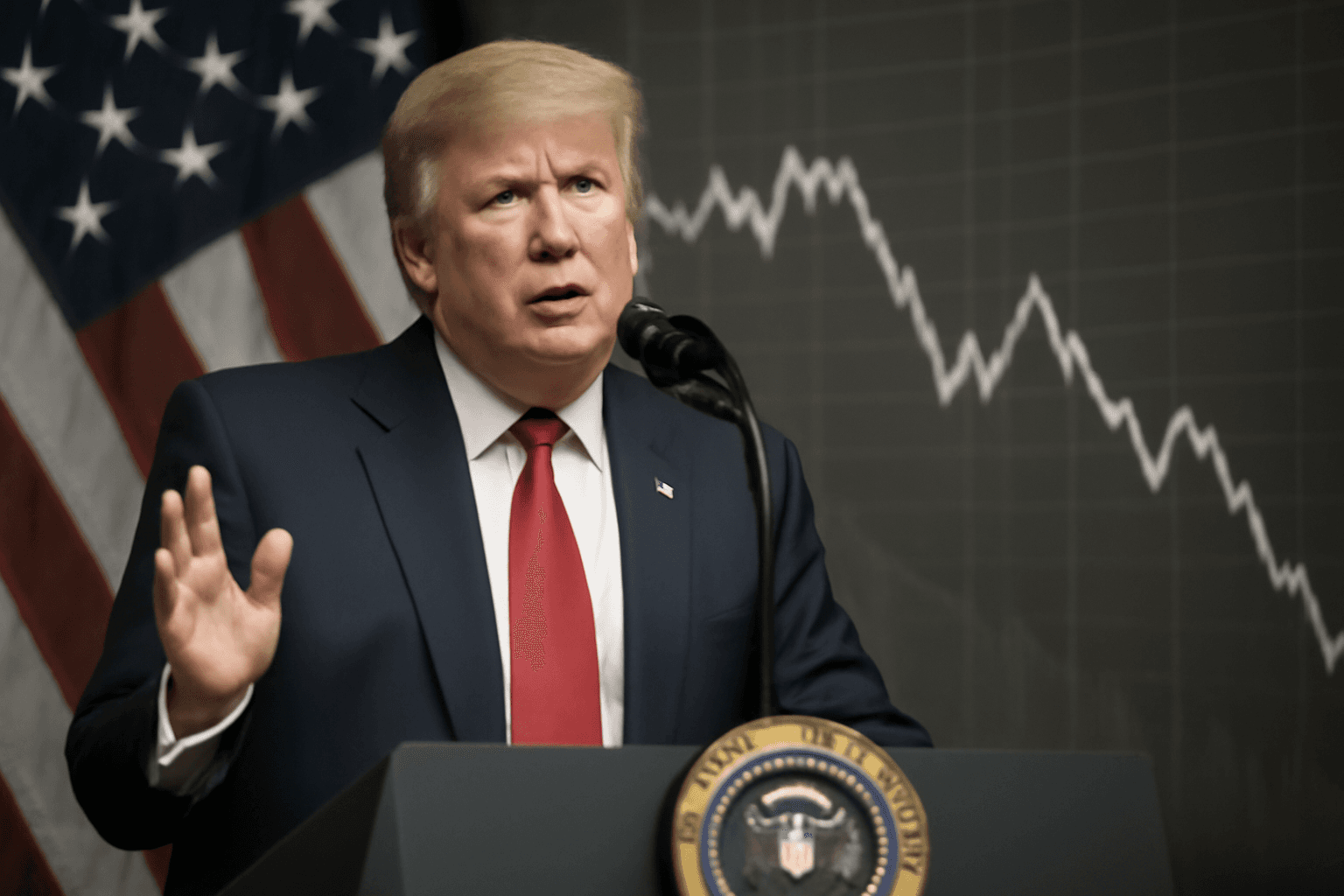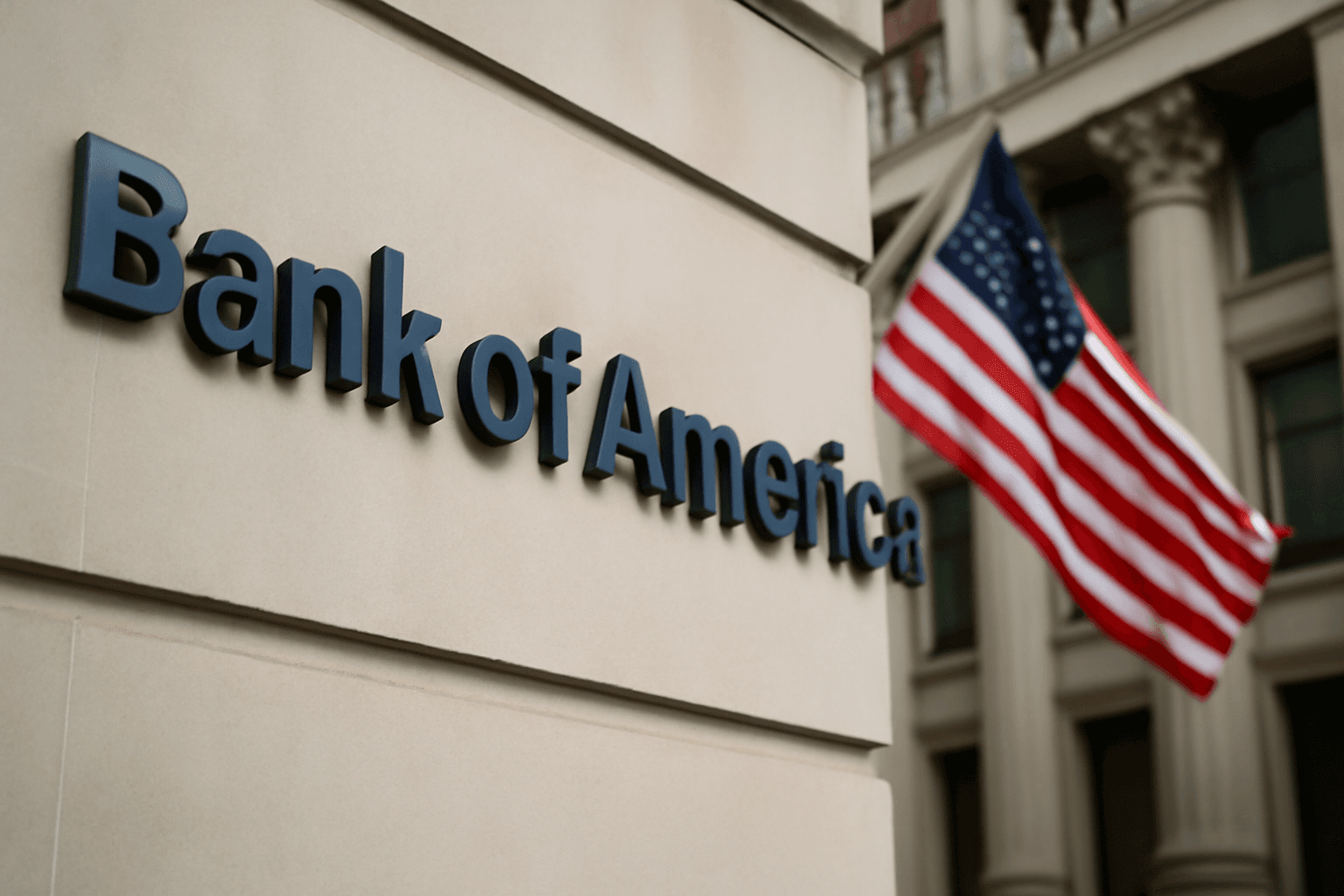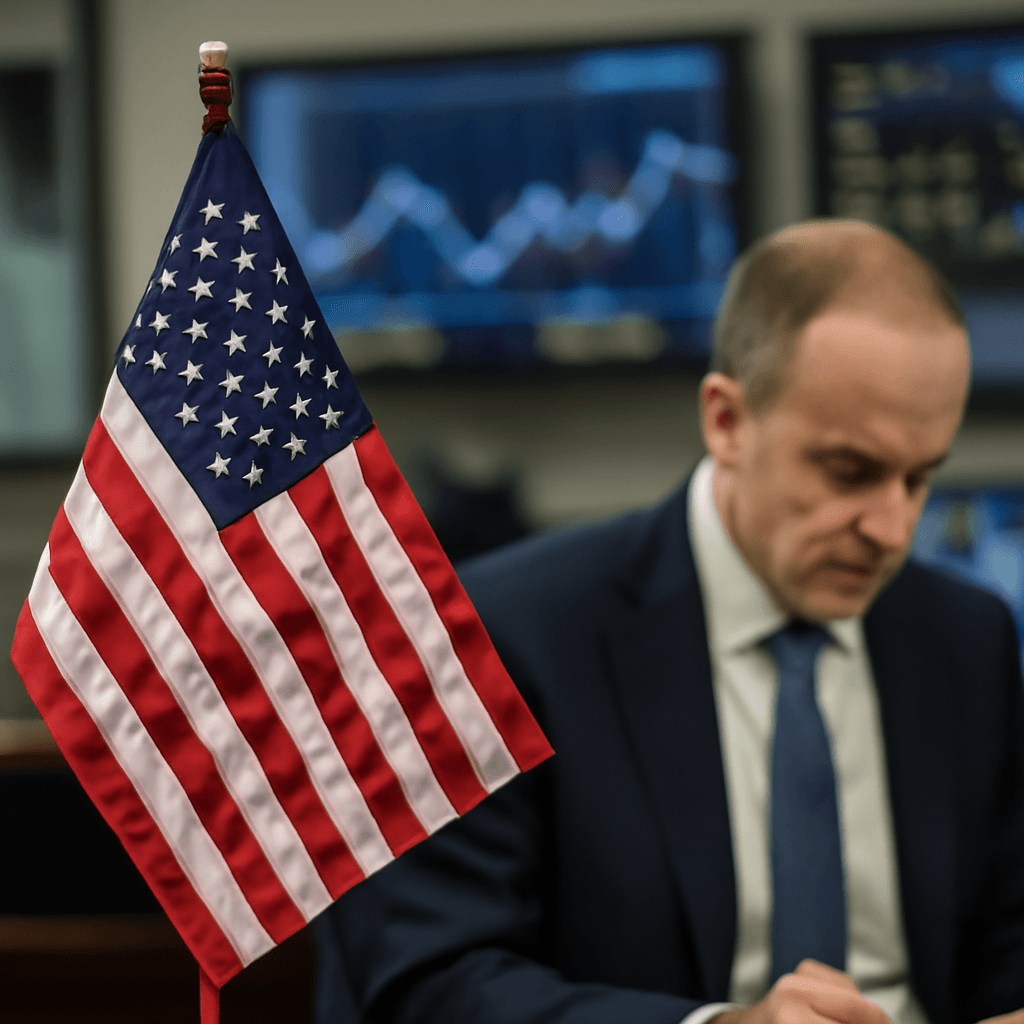Bank of America Highlights Australia’s Bond Market as Investors Shift Focus
As global investors increasingly pivot away from U.S. assets, Australia's bond market is emerging as a key beneficiary, according to Bank of America analysts. The declining status of the U.S. dollar as a safe haven amidst market volatility is prompting a fresh wave of interest in Australian sovereign debt.
Dedollarization Gains Momentum
Market turbulence, partly fueled by controversial trade policies under the previous U.S. administration, has sparked what some call a "Sell America" trade this year. This trend sees investors withdrawing capital from U.S. Treasurys, stocks, and the dollar itself. Notably, the U.S. dollar index—which tracks the currency against a basket of major rivals—has dropped 9% year-to-date.
In this context, Bank of America’s foreign exchange strategists forecast pronounced price movements in Australian fixed income markets, fueled by reallocations away from U.S.-dollar-denominated assets. Even a modest outflow could overwhelm Australia’s relatively smaller bond market, causing sharp price fluctuations.
Fund Managers Show Historic Underweight on the U.S. Dollar
According to Bank of America’s recent Global Fund Managers Survey, investors are holding the lowest weighting on the U.S. dollar in two decades. Among 222 fund managers overseeing nearly $587 billion in assets, 20% identified a short U.S. dollar position as the most overcrowded trade, underscoring the broad sentiment shift.
The report also highlights that foreign and official demand for the Australian dollar appears to be intensifying, reflecting a growing appetite for Australian assets beyond its currency.
Australia’s Small Fixed-Income Market Could See Major Impacts
Bank of America analysts emphasize that even a slight rotation out of U.S. dollar assets could significantly affect pricing in Australia’s bond market. "Dedollarization was a major theme during our recent discussions across North America," they noted, pointing out the outsized influence small changes in global asset allocation can exert on Australian fixed income demand.
This year, the yield on Australia's 10-year government bond has hovered around 4.24%, showing slight cooling, while the comparable U.S. 10-year Treasury yield remains higher at about 4.43%, creating a narrow spread of 19 basis points.
Looking ahead, Bank of America expects this spread to widen substantially as demand for Australian sovereign bonds strengthens. Their forecast suggests that by the end of 2026, Australian 10-year bonds could trade with a spread of 75 basis points richer versus U.S. Treasurys, indicating stronger relative bond prices.
Rising Demand for 'Peripheral Dollar Bloc' Assets
Part of Australia’s growing appeal lies in its classification as a 'peripheral dollar bloc asset.' Over the past decade, the share of global official reserves held in Australian dollars has doubled, demonstrating a significant buildup in central bank interest.
Bank of America highlights that even a 1% increase in global reserve demand would equate to nearly double the current net supply of Australia’s sovereign bonds this fiscal year. Conversely, confidence in U.S. Treasurys has waned, particularly following earlier tariff announcements, which spurred bond sell-offs and increased yields.
Additional tailwinds include robust demand driven by Australia's expanding superannuation funds and potential deregulation in the banking sector, factors poised to further support Australian fixed income markets.
Conclusion: An Undervalued Opportunity in Australian Bonds
Despite the significant sensitivity of Australian bonds to shifts in global reserve allocation, these dynamics remain largely unpriced. Relative to global standards, Australia's term premium appears elevated, signaling a potentially lucrative opportunity for investors exploring alternatives beyond traditional U.S.-centric portfolios.
In short, Bank of America’s analysis shines a spotlight on Australia as a rising contender in the fixed income space amidst ongoing dedollarization, suggesting the market is set for substantial activity and shifts in the near future.

















